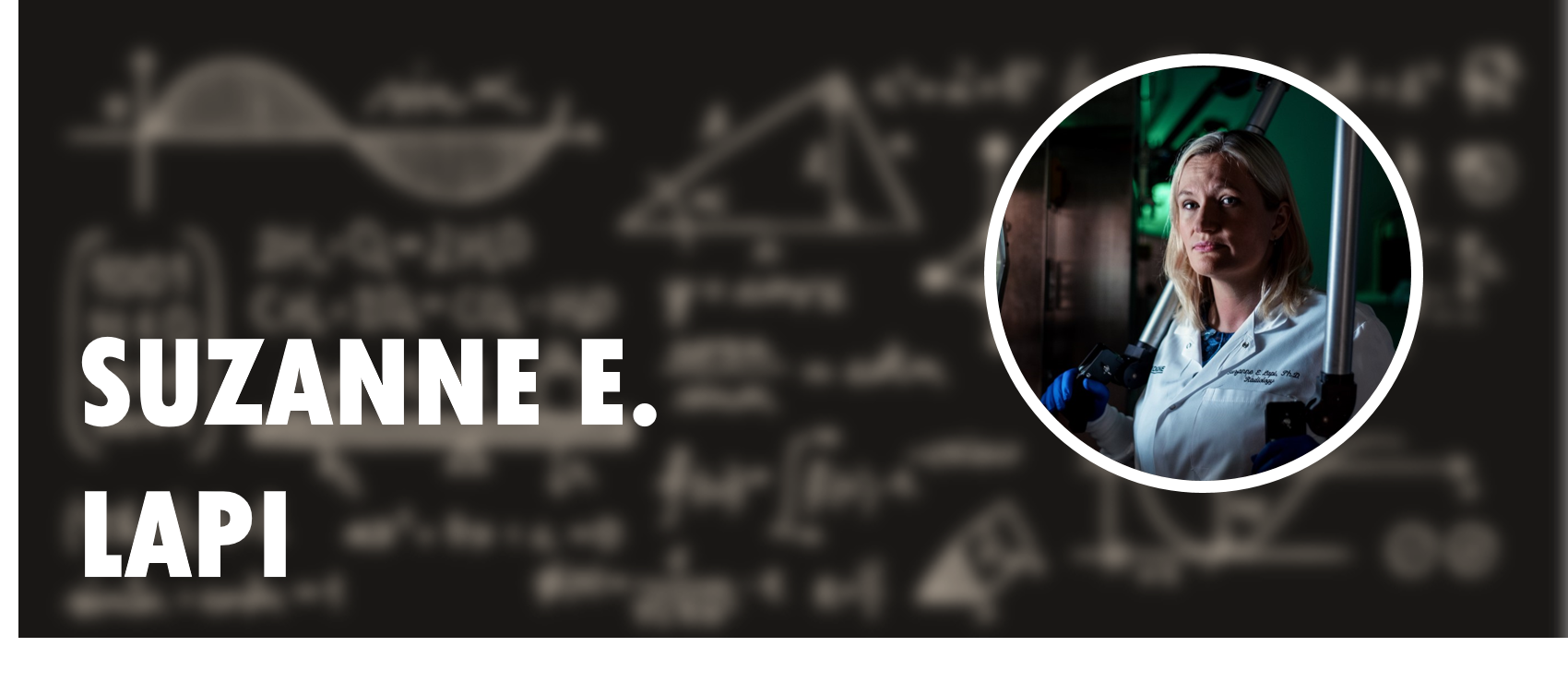WHAT DID THE 2011 EARLY CAREER AWARD ALLOW YOU TO DO?
The Department of Energy Early Career Research Program Award (ECA) jump-started my career as an independent faculty member at the Washington University in St. Louis and the path to my current position at the University of Alabama at Birmingham.
The ECA project “Production of 99mTc using a medical cyclotron” enabled me to get started with solid targets for the accelerator production of radioisotopes. It also helped me expand my group with the addition of a new postdoctoral fellow and gain visibility in the radioisotope community via our presentations and publications. The data and knowledge gained through this project paved the way for additional isotope production related projects including funded proposals related to 64Cu, 52Mn, 76,77Br and 43,47Sc as well as our training program at UAB.
I continue to be a strong advocate of radiopharmaceutical sciences and the training of the next generation of nuclear and radiochemists. The Lapi group’s research focuses on the radiochemistry and development of production techniques of isotopes for medical imaging and therapy. This involves new cyclotron target materials and configurations to optimize nuclear reactions leading to these isotopes. It also includes developing robust purification processes, radiochemistry for the synthesis of radiolabeled compounds, and (in some cases) translation of these techniques into methods suitable for preparation of human use compounds.
I have now mentored more than 20 graduate students and postdoctoral fellows who overwhelmingly stay in the field after their training experience; many are now leaders in the field in both academia and industry positions.
ABOUT:
Suzanne Lapi is a professor in the Departments of Radiology and Chemistry at the University of Alabama at Birmingham. She also serves as the Vice Chair of Translational Research for the Department of Radiology and Director of UAB Cyclotron Facility.
SUPPORTING THE DOE SC MISSION:
The Early Career Research Program provides financial support that is foundational to early career investigators, enabling them to define and direct independent research in areas important to DOE missions. The development of outstanding scientists and research leaders is of paramount importance to the Department of Energy Office of Science. By investing in the next generation of researchers, the Office of Science champions lifelong careers in discovery science.
For more information, please go to the Early Career Research Program.
THE 2011 PROJECT ABSTRACT: (Original title and abstract)
Direct Production of 99mTC Using a Small Medical Cyclotron
Over 80% of nuclear medicine procedures require the use of the radioisotope 99mTc. Compounds that make use of this isotope are used in many studies, from cancer diagnosis to assessment of heart function. Recently, there have been many reports of the “isotope crisis” related to a shortage of 99mTc. Currently, 99mTc is produced via nuclear fission using highly enriched uranium (HEU), which is a concern because of nuclear proliferation risks. In addition to this, the United States is dependent solely on currently unreliable foreign sources of this important medical isotope. Clearly, a need exists to probe alternative domestic production routes of 99mTc.
This application describes an investigation toward the non‐HEU production of 99mTc with a small medical cyclotron, of which there are many located through the United States. The overarching goal of this project is for Washington University to develop the in-house capability to routinely produce 99mTc for nuclear medicine patient procedures and to translate this capability to other nuclear medicine departments.
Our facility is uniquely situated to explore the scope of this project as we have the expertise in cyclotron targetry and a very close relationship with the medical community because of our location within the radiology department at one of the best medical schools in the country.
Overall, the project introduces a straightforward domestic solution to the current crisis while also addressing the proliferation issues associated with the current method of production.
RESOURCES:
V.N. Richards, N. Rath, and S.E. Lapi, “Production and separation of 186gRe from proton bombardment of 186WC.” Nucl Med Biol 42, 6 (2015). [DOI:10.1016/j.nucmedbio.2015.03.001]
V.N. Richards, E. Mebrahtu, S.E. Lapi, “Cyclotron Production of 99mTc using 100Mo2C targets.” Nucl Med Biol 40, 7 (2013). [DOI:10.1016/j.nucmedbio.2013.06.005]
DOE EXPLAINS… offers straightforward explanations of key words and concepts in fundamental science. It also describes how these concepts apply to the work that the Department of Energy’s Office of Science conducts as it helps the United States excel in research across the scientific spectrum. For more information on isotopes and DOE’s research in this area, please go to “DOE EXPLAINS… Isotopes.”
Additional profiles of the Early Career Research Program award recipients can be found at https://www.energy.gov/science/listings/early-career-program.
Boilerplate: The Office of Science is the single largest supporter of basic research in the physical sciences in the United States and is working to address some of the most pressing challenges of our time. For more information, please visit www.energy.gov/science.
Author Credit: Sandra Allen McLean is a Communications Specialist in the Office of Science, Office of Communications and Public Affairs sandra.mclean@science.doe.gov.
